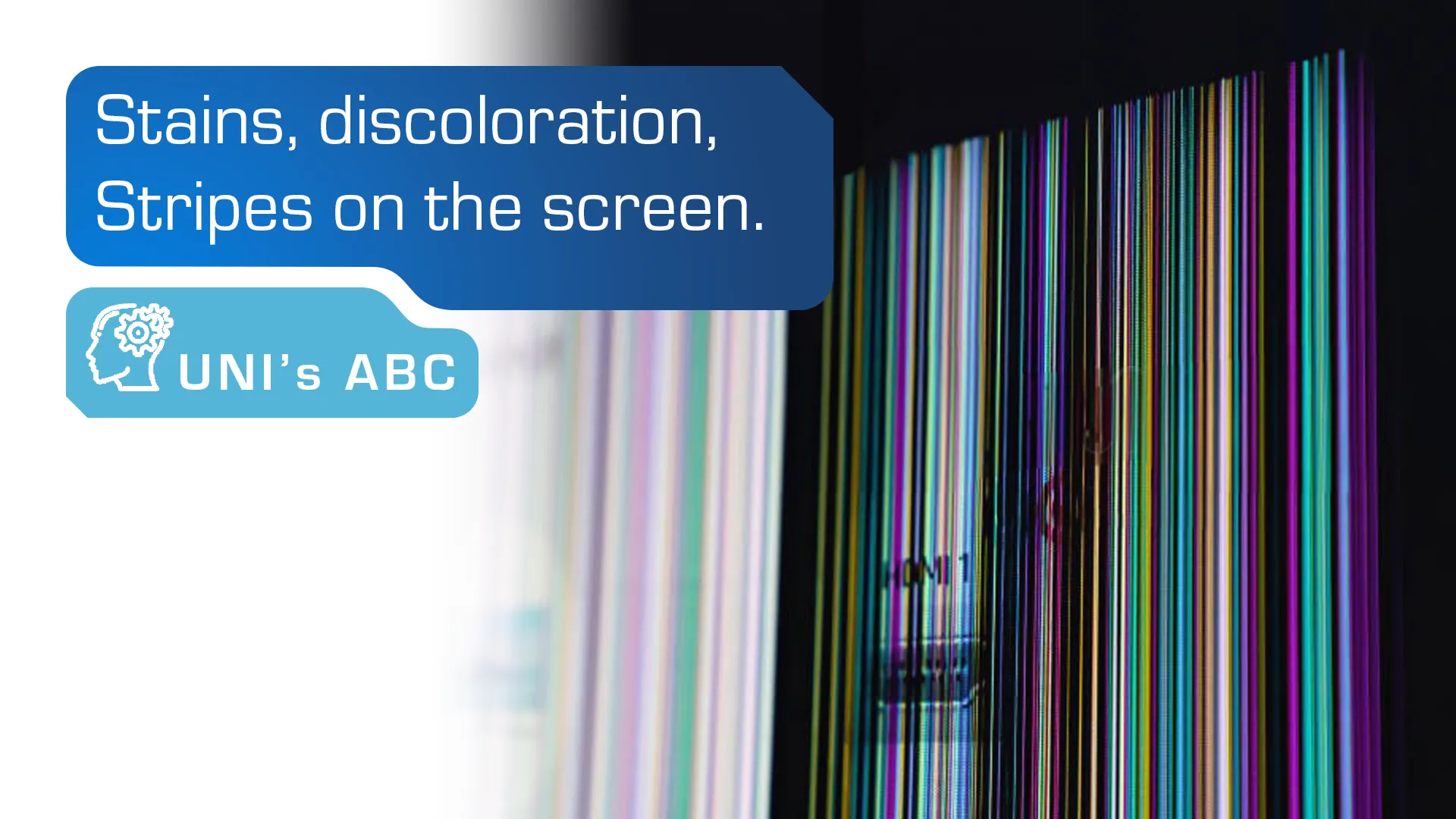
When we are in public places, we often have contact with objects that are not as clean as we might think. Cash or vending machines, electronic information systems – every day several hundred or even thousands of people use each of these devices. And each of them leaves their mark in the form of more or less dangerous bacteria.
Table of Contents
DAILY RISK
Displays with touch panels are becoming more and more popular in public places. Convenient, intuitive operation, legibility of displayed content, and finally lower costs of using such solutions, make us encounter them very often in everyday life. The problem of bacteria transfer through touch screens has been raised by doctors and scientists for several years. Just 5 seconds is enough for bacteria to appear on our hands from the device we use.
The AMT company – a manufacturer of touch panels for industrial and medical applications – introduced products with antibacterial coating, which can be also used in public places.
SILVER – BACTERIA SLAYER
Thanks to the use of silver ions, the amount of bacteria on the surface of the panel is reduced by 99.9%. The antibacterial film also prevents the spread of fungi. The tests of the applied coating clearly showed the effectiveness of silver nanoparticles as an antibacterial agent preventing their expansion. In the tests there were used typical bacteria strains – Staphylococcus Aureus, Escherichia Coli, Pseudomonas Aeruginosa, and fungi – Aspergillus Niger as well as Candida Albicans.
Below table shows the results obtained for selected pathogens:


The mechanism of antibacterial action of silver ions has been studied for over 60 years. The way they work is not yet fully understood, but its effectiveness is unquestionable. Silver is toxic even for bacteria that are resistant to all known antibiotics.

The antibacterial shield is created in the diffusion process when silver nanoparticles are distributed on the glass surface. In contact with bacteria, silver ions destroy them by inhibiting their metabolism and preventing further replication.
GLOBAL MARKET
In 2015, the value of the global antibacterial glass market was over 150 million dollars and its systematic growth was forecasted. At the same time, the value of the European market was estimated at 95 million dollars.
The growing awareness of end users and requirements of the medical sector were indicated as the main factors influencing the increase in demand of antibacterial glass. It is estimated that the global revenues from the sale of antibacterial glass can reach 230 million dollars in 2023.
MANY OPPORTUNITIES
Modules with an antibacterial coating will not only work in medical applications. They are also perfect for digital signage solutions and generally for applications where we deal with more stringent hygienic requirements like i.e. food& beverage industry. The ability to prevent the spread of pathogens makes solutions using antibacterial coatings more and more desirable by end-users..
Do not hesitate to contact us for further information.
2019-01-02
Recent Knowledge

Internet of things, what it is and examples of industrial applications
The Internet of Things (IoT) is one of the most promising and rapidly developing technologies of recent years. Its application in business brings great opportunities to optimize processes, reduce costs […]

Stains, discoloration, stripes on the screen – how to identify and repair defects in industrial displays?
The dark spot on the iPhone screen, the black spot on the TV, the colored spots on the phone screen, the yellow spot on the display … Problems with screens […]

Basic electronic components in industry – a guide for beginners
Electronics has played an extremely important role in all branches of modern industry for many years. It allows automation of production processes, precise control of machines and equipment, collection and […]

Optoelectronics – basic information and example applications
Optoelectronics is the branch of electronics that deals with the conversion of electricity into light and light into electricity using semiconductor materials called semiconductors. Semiconductors are crystalline solid materials with […]



